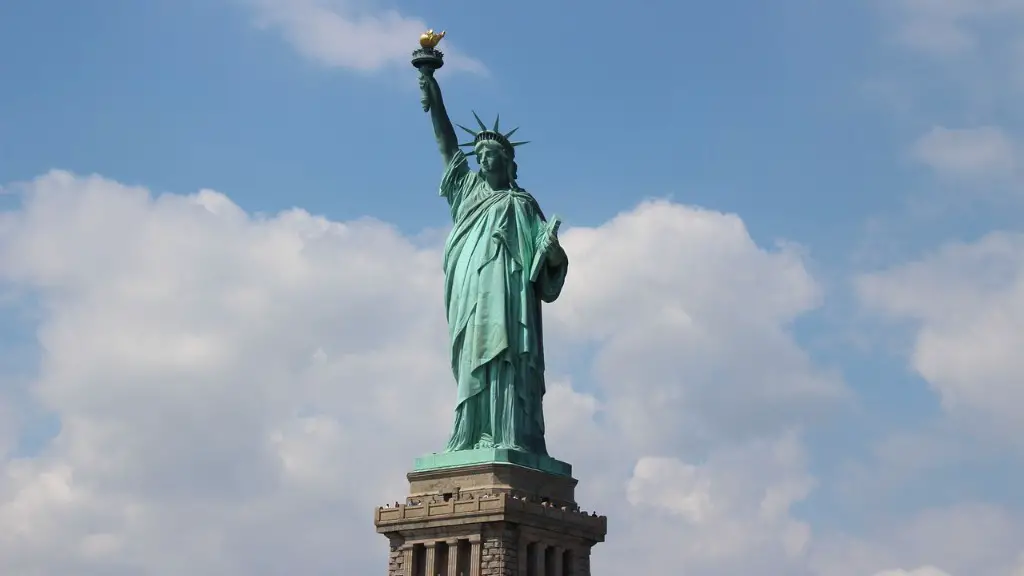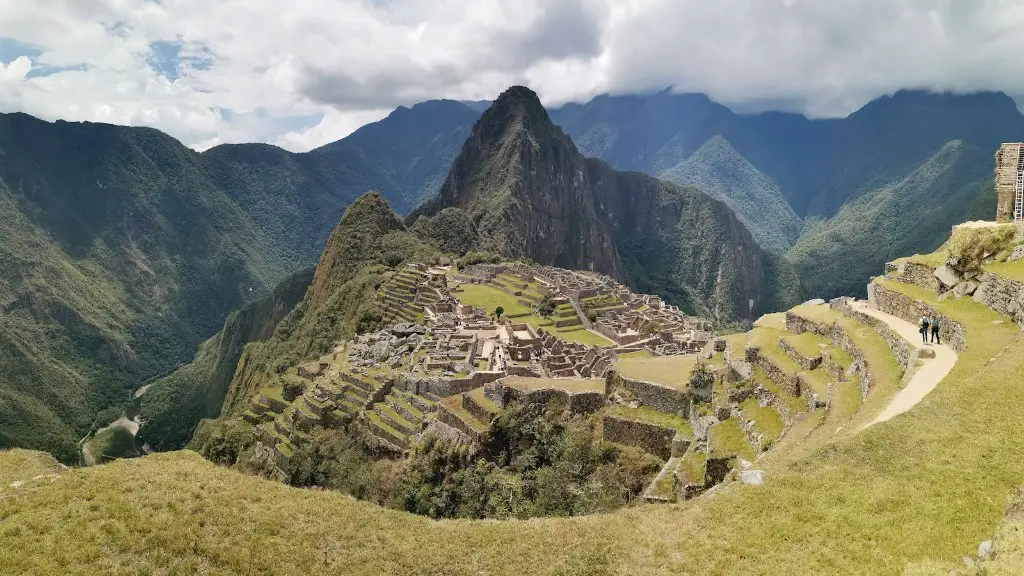Kilimanjaro is one of the world’s most iconic mountain peaks and each year thousands of people make the attempt to summit. It is a challenge that should not be taken lightly, as the climb is both physically and mentally demanding. Preparation and proper planning are essential to ensure your safety while maximizing your chance of success. Given the many aspects to consider before departure, potential climbers are often overwhelmed. Primary considerations typically include route selection and acclimatization. With the right guidance, however, those wanting to make the attempt can get the information they need to complete the climb.
The most popular route is the Marangu Route, or the Coca-Cola Route. It is the shortest route, consisting of five days to summit. It is most commonly used, mainly because it is the least expensive since climbers have the option to sleep in the bunk-style huts offered by the Marangu Hotel. One of the main reasons for the popularity of this path is its comparatively short duration, even though it is declared to be the moderate route. That said, this route is not advised for serious mountaineers as it is overly crowded and does not incorporate sufficient acclimatization days.
The second most commonly used route is the Machame Route, otherwise known as the Whiskey Route. This is an excellent alternative for those seeking an easier climb, compared to the other more rigorous routes. It consists of six days on the mountain and allows for better acclimatization. With this path you will traverse several landscapes, such as caves, jungles, rain forests and moorland. Despite the grueling nature of the hike, the scenery is said to be quite beautiful, making this a great choice for those who wish to optimize their experience.
The third most popular trekking route is the Rongai Route, which is referred to as the North-East Trail. This is considered to be the least demanding of the three paths. Overall, this is a great choice for first-time mountaineers as it offers a more gradual incline and impressive views of the Northern Glaciers. It also provides more opportunity for better acclimatization and summiting of the peak, since the route does not become heavily congested like the other two routes. It is necessary to pay close attention to the weather forecast, as this route is susceptible to higher amounts of rain.
In general, all of the routes to the summit of Kilimanjaro will take climbers to the highest point in Africa. Nevertheless, each has its own unique pros and cons. Choosing the right route depends on a variety of factors, such as your physical condition, experience, preparation and budget. Additionally, it is important to take into consideration the current weather conditions in order to ensure the highest chance of success in achieving your goal. With the right approach and proper planning, taking on the challenge of Kilimanjaro promises to be an unforgettable experience.
The Lemosho Route
Another popular route for Kilimanjaro is the Lemosho Route. The Lemosho Route is widely considered to be one of the best paths, as it offers more opportunities for acclimatization and beautiful scenery. It is also less congested compared to the Marangu and Machame Routes. Overall, the Lemosho Route takes 8 days to summit, giving climbers around 3 days of acclimatisation. This route also offers plenty of flexibility as you can add extra days as needed to ensure that you make it to the peak comfortably and safely.
The Lemosho Route begins in the West of Kilimanjaro National Park and takes climbers through the rainforest and up to the higher alpine desert areas. Lemosho Route is able to give hikers a great overview of the entire mountain, with astounding surroundings ranging from lush alpine forests to barren alpine deserts. Furthermore, the Western Breach is a great add-on to the climb, though it does require some technical climbing experience. This way you can get closer to the most epic views of Kilimanjaro.
That said, the Lemosho Route is not the cheapest option, and the standard fare for this trek is more expensive than the Coca-Cola route. Also, since this is a longer route, an extra summit day may be needed for those who are elderly or have limited physical abilities. In addition, it should not be attempted without the help of a guide or other experienced climbers as there can be some tricky sections to navigate. Nonetheless, it is a great route for those seeking a unique experience of Kilimanjaro.
The Umbwe Route
The Umbwe Route is one of the most challenging paths up Kilimanjaro, and thus is the least travelled. It is a direct, steep and physically demanding route that requires a lot of endurance and carries a lot of risk due to the rapid ascent. That said, the Umbwe Route is full of beautiful views and makes for an unforgettable experience. It also offers a great chance to observe the diverse landscapes that this mountain has to offer.
Typically, this route takes 5-6 days to summit, though some may choose to include an extra acclimatization day. This route begins from the south side near Moshi and immediately ascends to the upper alpine regions. This route offers great views from the beginning, but the real highlight is crossing the Southern Cross Glacial Valley, which offers unrivalled views of the East African landscape.
The main downside to this route is that it is very steep and often exposed to high winds, so it requires a lot of physical and mental preparation. Additionally, there are no rescue teams available, as the route is not well maintained. Therefore, using an experienced guide is essential. Furthermore, this route is not suitable for groups of more than 10, as the narrow paths may become too overcrowded.
The Shira Route
The Shira Route is one of the oldest and most historic paths to the summit of Kilimanjaro. It is relatively easy to access and typically takes 7 days to summit. This route is perfect for those seeking to explore the rich history of Kilimanjaro, as it holds a lot of archaeological treasures and information about the previous attempts to summit the mountain. This route makes for an invaluable learning experience.
The Shira Route starts from the West of Kilimanjaro and winds its way through tracks, alpine deserts and rainforests. On this route, one is able to experience the impressive beauty that the mountain offers. It is necessary to pay attention to the weather conditions on Shira, however, as the area is often foggy and quite windy. Shira is also a great alternative for climbers who are looking to avoid the high altitude gains of the other routes.
That being said, the Shira Route is not without its challenges. For example, the path is relatively isolated and it is not uncommon to pass through high altitude grasslands, so proper navigation skills are very important. Additionally, the route requires that climbers camp on the mountain, which means there are no huts or lodges available. Not to mention, those who choose to take on this route must be incredibly well acclimatized in order to reach the peak. Thus, taking this route is not for the faint of heart.
The Northern Circuit Route
The Northern Circuit Route is considered by many to be the most scenic route of all of the paths to the summit. As one of the longest routes up Kilimanjaro, this 8-10 day trek is full of breathtaking views and unmissable stops. It was opened in 2019, and it quickly became the most preferred route for experienced climbers. This is thanks to the flexible itinerary and the twisty paths that make up close to 80% of the route.
It offers amazing views of the Northern Glaciers, Mawenzi Tarn, and the Great Barranco Wall. Additionally, the Northern Circuit Route offers some of the most scenic camp sites that Kilimanjaro has to offer. This means that you will get the opportunity to stay and explore in some of the most breathtaking spots, such as the Lava Tower, which offers a 360-degree view of the surrounding landscape.
Despite the comparatively less-demanding trekking aspect of this route, it is safer to climb this path as a group, since campsites are often more isolated. In addition, due to the less-revolutionary design of the trek, it is essential to pay attention to the weather and the temperature to ensure a successful and safe climb. Furthermore, acclimatization is a must in order to avoid altitude sickness.
The Eastern Approach Route
The Eastern Approach Route is one of the least popular routes as it was only recently opened to tourists. It is by far the longest route, as it typically takes 9 to 11 days to complete. Like most of the paths up Kilimanjaro, it contains an array of different landscapes, from lush green forests to the barren alpine desert. This detour allows for better acclimatization and added time to explore the majestic beauty of Kilimanjaro.
The Eastern Approach Route offers magnificent views from the rainforest to the peak. It serves as an ideal alternative for those looking to stay away from the crowds. This route is also perfect for those with a more varied climbing experience, as it looks more technical in many sections. Furthermore, it is great for wildlife enthusiasts, since it allows you to gain incredible insights on the local fauna and flora.
However, there are a few considerations that one must factor in before planning to take this route. It requires a moderate to advanced level of technical mountaineering skills. Additionally, sticking to the itinerary is vital, as this route is known to be quite challenging and unforgiving. Finally, camping in the backcountry can be a bit tricky, since the sites are often disturbed by wild animals.
Also, it is important to be mindful of the environmental impact that one can have on Kilimanjaro and its environment, as the mountain is a protected reservation.

